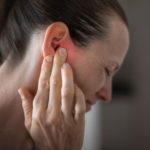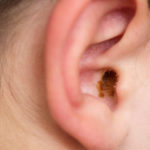Hearing loss is a common yet often underestimated condition that affects approximately 11 million people within the UK, standing as the second most prevalent disability in the country.
Hearing loss can take various forms, sensorineural hearing loss being the most common, arising from factors such as ageing and damage to the inner ear. Conductive hearing loss, another form, frequently diagnosed in children, occurs when sound waves are blocked from reaching the inner ear. Some individuals also experience mixed hearing loss, a combination of both sensorineural and conductive types.
In this blog, we’ll explore the main symptoms of hearing loss, and discuss the causes and treatment options available.
Symptoms of Hearing Loss
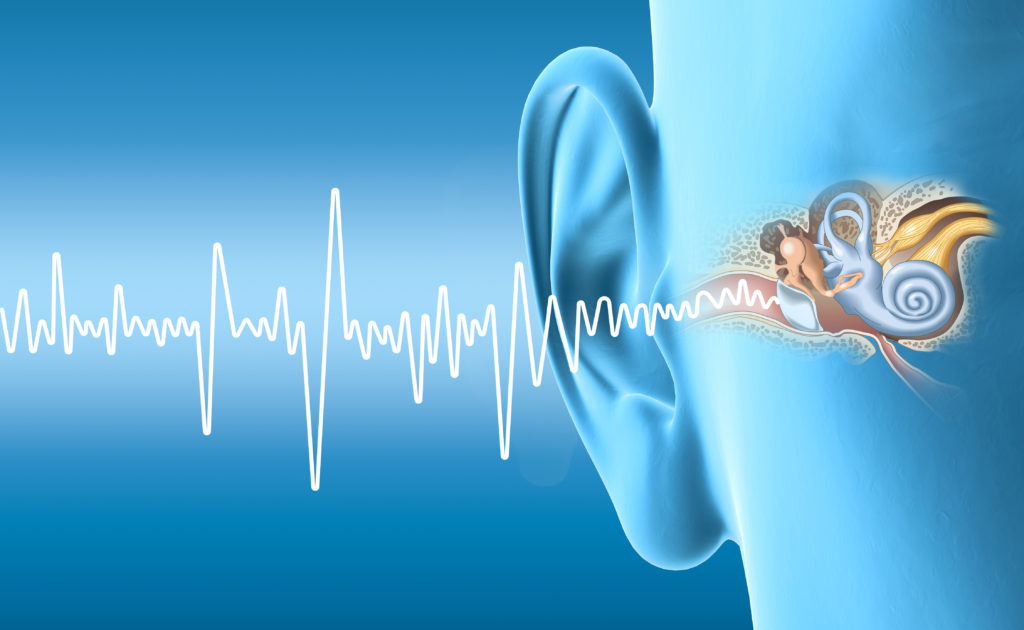
Hearing loss can manifest in various ways, often gradually and subtly, making it easy to overlook early signs. Here are some common symptoms of hearing loss:
Muffling of speech and other sounds: Those who have experienced hearing loss may have noticed that speech and other sounds seem muffled or less distinctive. This can affect the overall comprehension of conversations.
Difficulty keeping up with conversations in a noisy environment: Background noise can be particularly challenging for those with hearing loss. The brain may struggle to filter out surrounding sounds, making it harder to focus on the words being spoken.
Frequently asking others to repeat themselves or speak slowly: When someone with hearing loss struggles to understand speech, they may often ask people to repeat themselves or speak slowly.
Turning up the volume of the television or radio: Often an unnoticed sign of hearing loss, people might find that they need to increase the volume on their TV, radio, or other audio devices to hear properly.
Avoiding social settings: Social situations can become increasingly frustrating and tiring. If you are suffering from hearing loss, you may find yourself withdrawing from social activities, preferring to avoid situations where you will struggle to hear and participate in conversations.
Ringing in the ears (Tinnitus): Tinnitus, the persistent ringing, buzzing, or hissing noise can be constant or intermittent, impairing your overall hearing quality.
Recognising these symptoms early can be key to managing hearing loss effectively. If you or someone you know is experiencing any of these signs, consult a professional audiologist for a thorough evaluation.
Causes of Hearing Loss

Hearing loss can occur as a result of various conditions that affect the different parts of the ear:
Buildup of Earwax: Earwax is something we all naturally produce to help protect our ears from dust and bacteria. But, when too much of it builds up, it can harden and block the ear canal, making your hearing feel muffled, until that extra wax is cleared out.
Ear Infections: When you get an ear infection, fluid can start to build up behind your eardrum. This can make it harder for your eardrum and the tiny bones in your ear to move properly, leading to temporary hearing loss.
Perforated Eardrum: A ruptured eardrum can happen for different reasons, such as being exposed to loud sounds, sudden changes in pressure, and an ear infection. When this happens, it can lead to hearing loss, as the eardrum isn’t able to transmit sound to the middle ear as effectively as it should.
Ageing: As we get older, the parts of our ears, especially the inner ear, start to show signs of natural wear and tear. Over time, the tiny hair cells in the cochlea that help translate sound into signals for the brain begin to break down. When this happens, it becomes harder to hear high-pitched sounds, which can make understanding speech more challenging.
Loud Noise: Exposure to loud sounds, especially over an extended period, can cause noise-induced hearing loss. Loud noises damage the hair cells in the cochlea, and unlike some other cells in the body, these hair cells do not regenerate. The severity of hearing loss depends on the decibel level and duration of exposure.
Hereditary: Your genetics can have a big impact on how likely you are to experience hearing loss. Some of us inherit genes that make us more prone to age-related hearing loss or other conditions that affect how well our ears work. This type of hearing loss can be present at birth or might develop as we get older.
Treatment for Hearing Loss
Hearing loss can often be managed or treated through various methods, depending on the underlying cause and severity. Two common treatment options are hearing aids and earwax removal.
Hearing Aids
Hearing aids are small electronic devices designed to amplify sound for individuals with hearing loss, particularly those with sensorineural hearing loss. They do not cure hearing loss but can significantly improve the ability to hear and understand speech. What types of hearing aids are there?
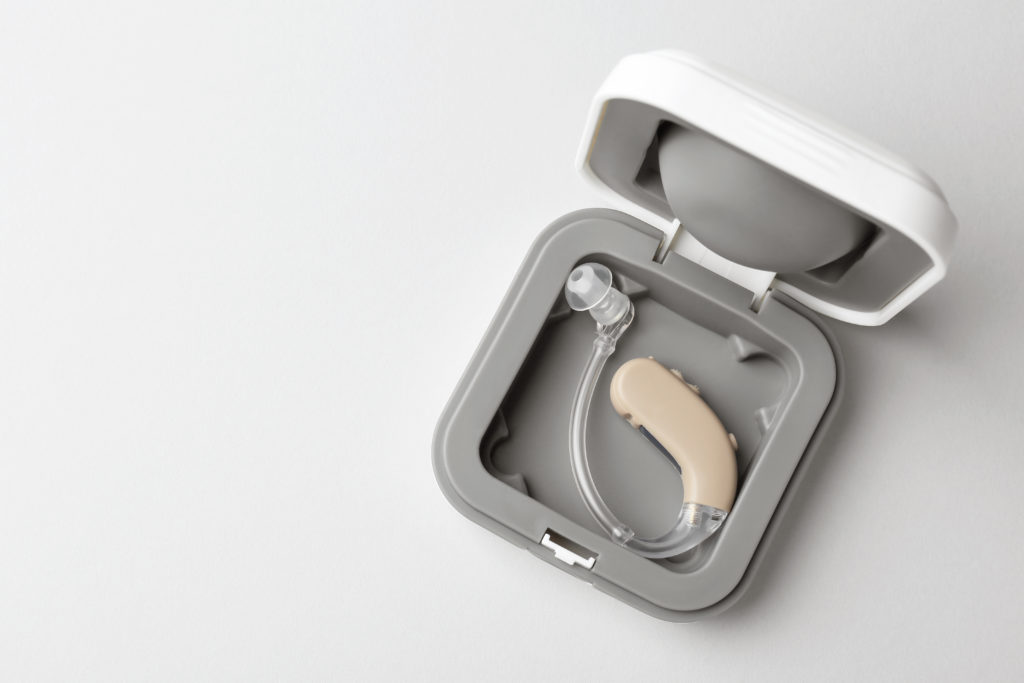
Behind-the-ear (BTE): BTE devices are suitable for individuals with varying degrees of hearing loss, from mild to severe. These devices are designed to sit comfortably behind the ear, where the main body of the hearing aid is discreetly housed. A thin tube or wire connects the device to a custom-fitted ear mould that sits snug inside the ear canal, ensuring optimal sound delivery tailored to the user’s specific needs.
In-the-ear (ITE): These devices are designed to fill the entire outer portion of your ear, making them larger and easier to handle compared to smaller hearing aids. Because of their size, they are often recommended for people who have difficulty managing tiny objects. ITE hearing aids are particularly well-suited for individuals with moderate to severe hearing loss.
In-the-canal (ITC): These hearing aids are designed to fit deeper into the ear canal. Their placement within the ear canal provides a subtle yet effective improvement in hearing, allowing users to experience clearer sound without drawing attention to the device.
Invisible: Invisible hearing aids are designed to be so discreet that they are virtually undetectable when worn, making them an excellent option for individuals seeking a nearly invisible solution. These devices are typically placed deep within the ear canal, ensuring they remain out of sight while still providing effective sound amplification.
Earwax Removal
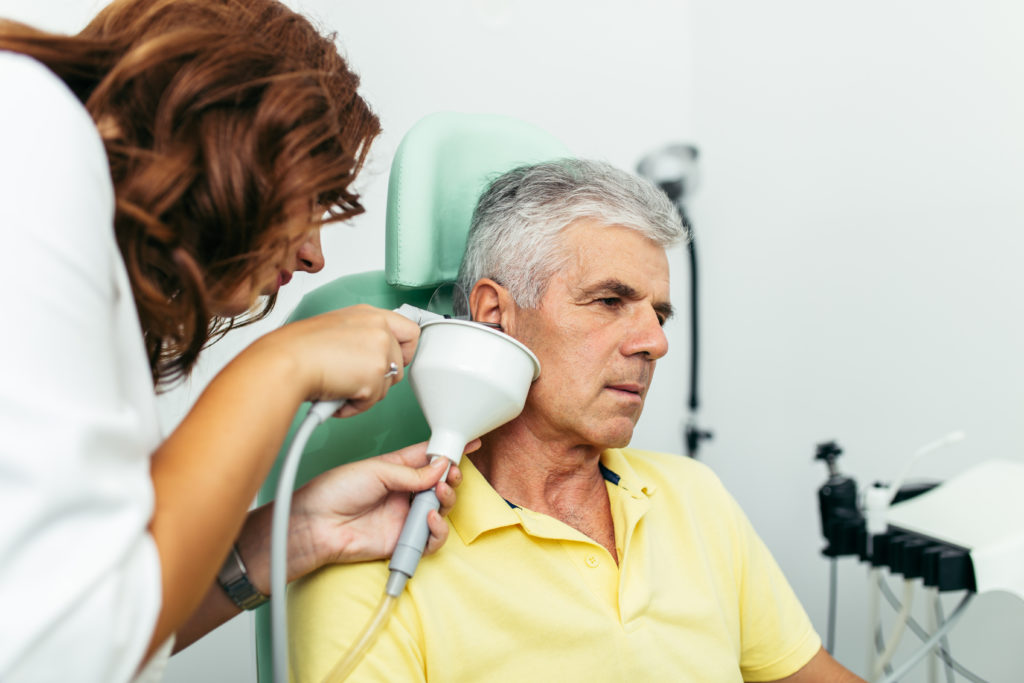
Earwax removal is a simple but essential treatment for hearing loss caused by the build-up of earwax. There are several methods for earwax removal:
Manual Removal: An audiologist or healthcare professional can remove earwax using special instruments like a curette (a small, curved tool) or suction devices. This method is precise and effective, especially when the wax is hard or impacted.
Irrigation: This technique involves using a gentle stream of water or saline solution to flush out the earwax. The water softens the wax, making it easier to remove. This method is generally safe but should be done carefully to avoid damaging the eardrum or ear canal.
Ear Drops: Over-the-counter ear drops can soften earwax, making it easier to remove. These drops usually contain substances like hydrogen peroxide or saline. After using ear drops for a few days, the earwax may come out on its own or be more easily removed through irrigation.
Microsuction: This is a procedure where a healthcare professional uses a tiny vacuum to remove earwax from the ear canal. It’s a safe and effective method, particularly for people with sensitive ears or those prone to ear infections.
Avoidance of Q-tips: It’s important to note that inserting objects like cotton swabs (Q-tips) into the ear can push wax further in, potentially causing impaction or even damaging the ear canal or eardrum.
Hearing loss often creeps in gradually and subtly, making it easy to miss the early signs. Recognising the symptoms can make a real difference in your hearing, overall well-being, and quality of life.
If you suspect you might be experiencing hearing loss, reach out to one of our audiologists today.



